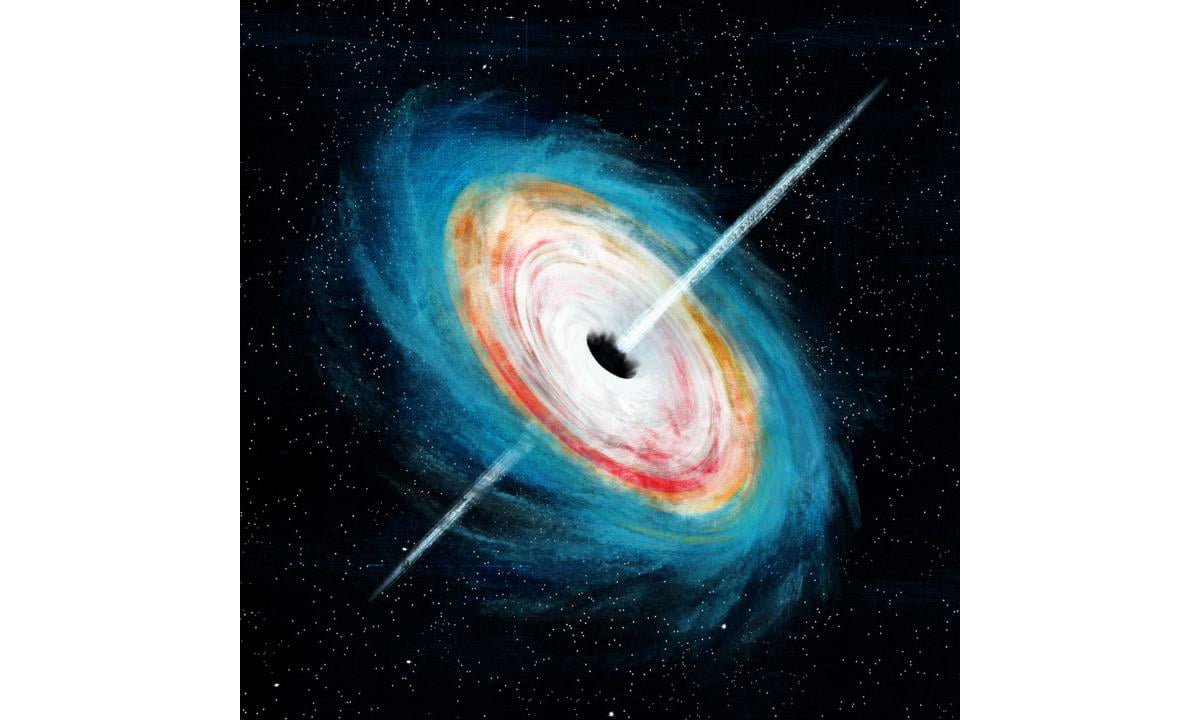For a long time, researchers believed that black holes are created through star explosion, collision of the galaxies or a neutron star collapsing onto its own mass. However, the researchers weren’t able to understand how supermassive black holes from the early universe formed, when no stars were old enough to collapse onto themselves. New research may have an answer to the process of the production of the black holes in the early universe.
Two scientists, Shantanu Basu and Arpan Das from Western University’s department of Physics & Astronomy developed a theory after observing the distribution of supermassive black hole masses and luminosities. Their findings were published in The Astrophysical Journal Letters.
Their model is based on the assumption that black holes can form extremely fast, over a short period of time, and then suddenly they stop with the development. This explanation opposes the current understanding of how supermassive black holes are formed, which is that the center of a very large star collapses in on its own mass, which takes more time. So, how were the supermassive black holes from the early universe formed?
“This is indirect observational evidence that black holes originate from direct-collapses and not from stellar remnants,” Basu, an astronomy professor at Western and internationally recognized expert in the early stages of star formation and protoplanetary disk evolution said in a statement.
The two scientists developed an accompanying mathematical model which can calculate the mass function of the supermassive black holes that form over a limited time period and rapidly grow their exponential mass. Their masses are regulated by the Eddington Limit which represents a balance of radiation and gravitational forces.
“Supermassive black holes only had a short time period where they were able to grow fast and then at some point, because of all the radiation in the universe created by other black holes and stars, their production came to a halt,” Basu said. “That’s the direct-collapse scenario.”
In the last decade, scientists have discovered many supermassive black holes, and they were much more massive than the Sun or other stars. It’s worth noting they were discovered at their “redshifts,” which means that they were there in the universe within 800 million years after the Big Bang. Since those black holes were relatively young, it contrasts with the view scientists had on the process of black hole formation and growth. The theory hints that the stars were “directly-collapsing” which allowed much greater black holes to exist and explains the supermassive black holes from the early universe. The new results show that such a scenario is in fact possible and that the early universe also had such vast supermassive black holes.
According to Basu, this data can be used in the future for conducting new observations which could shed more light on the formation of the first black holes in the universe.





